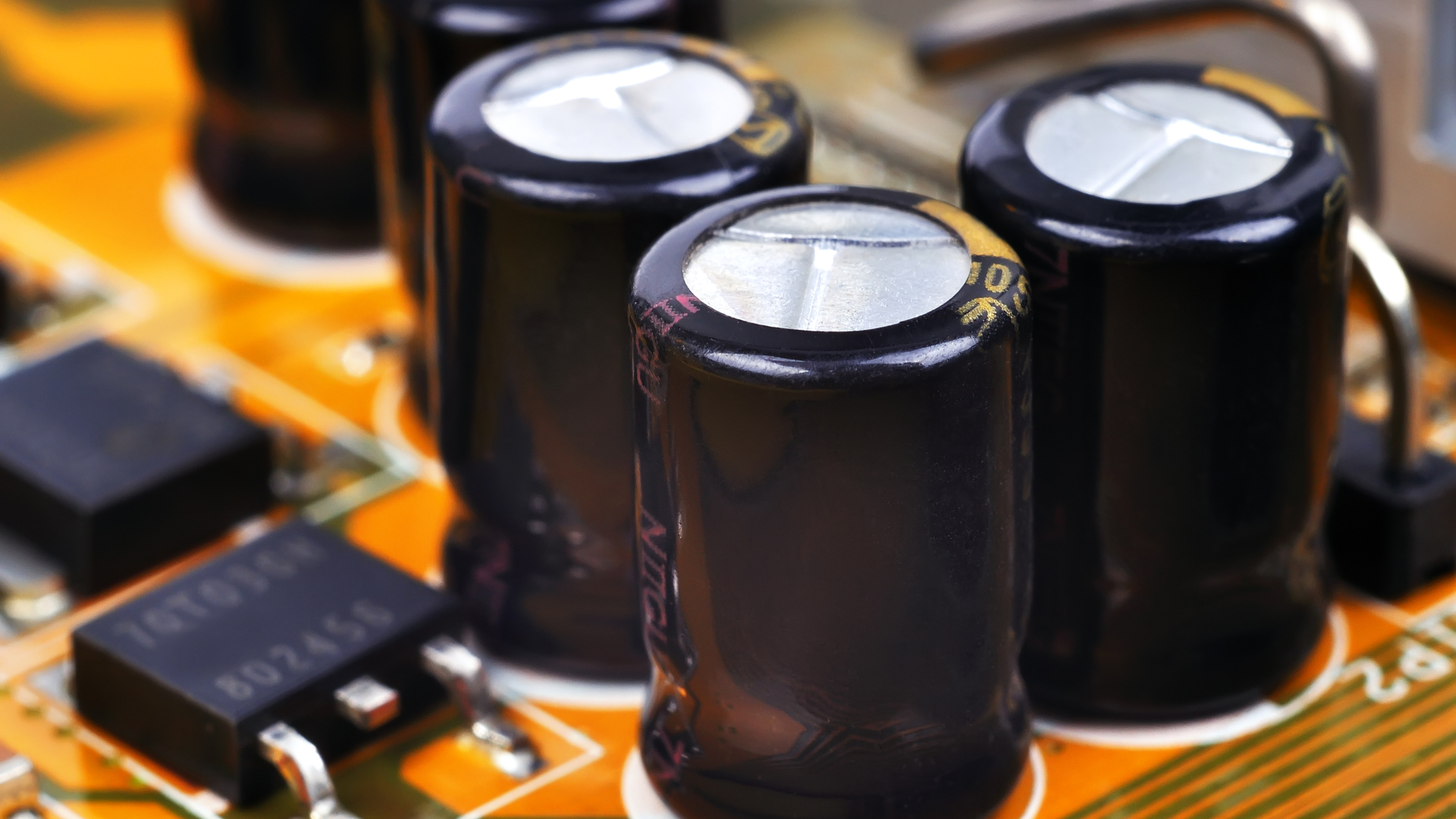UPS Battery, Capacitor, and Fan Replacement
Extend the life of your UPS system with proactive replacement of old batteries and components.
Like all mechanical devices, an Uninterruptible Power System (UPS) can lose its efficiency over time, as its internal components or external battery sources wear out. To extend the life of your UPS and ensure its reliability, your preventative maintenance program should include proactive replacements of the following components:
BATTERIES
As UPS batteries age, they degrade and lose their ability to provide an adequate charge on demand. Older batteries may be susceptible to “sudden death syndrome,” where the battery suddenly fails at the exact moment when a power charge is needed in your facility. Also, the risk of thermal overload – which can result in a battery explosion or fire – increases exponentially when the batteries pass their intended service life.
CAPACITORS
A UPS has anywhere from a dozen to 50 capacitors, which work together inside the unit to smooth out electrical voltage fluctuations in power distribution. But if one capacitor fails, the others have to take up the slack, which can lead to a cascading effect over time where the overloaded capacitors begin to fail. If a capacitor ruptures, it will damage the surrounding UPS components, which may result in a costly failure of the unit and possible downtime at your facility.
FANS
A UPS has anywhere from six to 24 fans and blowers, which help to dissipate heat that the UPS generates while converting electricity. As with capacitors, if one fan fails, the others must take up the slack, which over time can produce a cascading failure of all the fans in the unit.
We Manage It All:
Proactive Replacement
Quality Uptime performs proactive replacement of batteries, capacitors, and fans for our preventative maintenance customers. Proactive replacement of older components extends the life of your UPS system, and helps to ensure that the UPS unit and batteries will continue to work properly at the moment when they are needed. Frequency of replacement is based on two factors:
Calendar Life Cycle: Quality Uptime will notify your company when it’s time to replace UPS components at a certain location, based on the installation date and the manufacturer’s recommended lifespan of each component model.
Preventative Maintenance Conditions: Our technicians may detect anomalies that indicate when certain components should be replaced. For example, in completing battery test readings, a technician may notice that several UPS batteries in a string have dropped below 50% capacity.
Supply Chain Issues
Quality Uptime takes a comprehensive view of supply chain management when it comes to keeping track of the availability of replacement parts, and the lead times necessary to obtain them. Raw material shortages, labor shortages, and logistics backups can cause delivery delays, especially when parts are being imported from overseas. We understand how to navigate through supply chain problems, in order to have the parts you need ready when you need them.
Also, Quality Uptime understands the importance of extending the life of your older UPS system, in order to get maximum lifetime usage from it. Our technicians are trained to provide maintenance and service for older UPS models, and we monitor the availability of parts for those models from third-party manufacturers. We can also advise you, based on market conditions, on when it’s a good idea to keep extending the life of an older UPS, and when it might be more practical to replace it.
Equal Change-Outs of UPS Components
At Quality Uptime, we strongly recommend doing equal change-out replacements of capacitors and fans. For example, if two capacitors fail in a 12-capacitor UPS unit, you should take this opportunity to replace all 12 capacitors, instead of replacing them individually over time. There are several advantages to this:
Maximize Component Lifespan: You should think of your UPS unit as a power delivery system, not in terms of individual components. In this example, if the UPS unit has 12 newly-installed capacitors, they will each work at the same rate, and the 12 capacitors will last longer. But if the UPS unit has, say, six old capacitors and six new ones, the newer capacitors will have to work much harder, and all of the capacitors will wear out faster.
Reduce UPS Downtime: It’s better to replace components all at once, instead of continuously shutting down the unit every few years, to replace individual components.
Cost and Labor Efficiency: You reduce costs and labor by replacing UPS parts together at once, instead of replacing them individually over time. Quality Uptime can leverage its buying power to minimize costs in bulk purchases of UPS components.
Quality Uptime performs proactive replacement of batteries, capacitors, and fans for our preventative maintenance customers. Proactive replacement of older components extends the life of your UPS system, and helps to ensure that the UPS unit and batteries will continue to work properly at the moment when they are needed. Frequency of replacement is based on two factors:
Calendar Life Cycle: Quality Uptime will notify your company when it’s time to replace UPS components at a certain location, based on the installation date and the manufacturer’s recommended lifespan of each component model.
Preventative Maintenance Conditions: Our technicians may detect anomalies that indicate when certain components should be replaced. For example, in completing battery test readings, a technician may notice that several UPS batteries in a string have dropped below 50% capacity.



